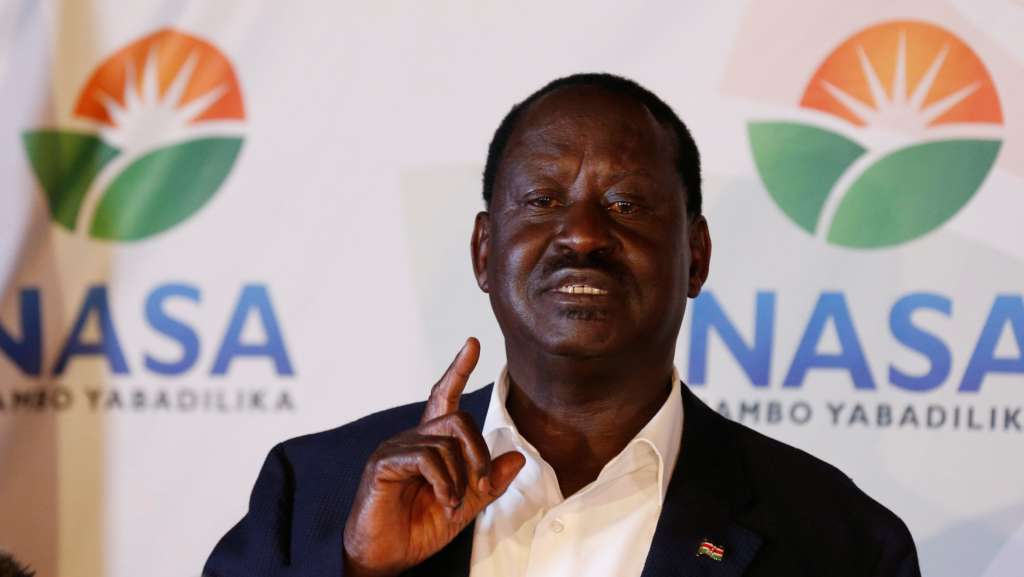Nairobi- Kenya slipped a little deeper into violence on Wednesday after the former prime minister Raila Odinga rebuffed the final results of the recent presidential elections.
Turnout showed that renewed outgoing president Uhuru Kenyatta won for another term. Odinga made allegations of ‘fraud’ tampering with the vote.
The opposition leader said hackers broke into Kenya’s election commission computer systems and database overnight, leading to “massive and extensive” vote fraud that nullified the published victory of President Uhuru Kenyatta.
Speaking at a news conference, Odinga urged his supporters to remain calm, but added: “I don’t control the people”.
His deputy Kalonzo Muyoka repeated the call for calm but said the opposition might call for unspecified “action” at a later date.
Angry protests erupted in opposition strongholds in the capital Nairobi and the western city of Kisumu as the counting of votes from Tuesday’s election continued, but the election commission said the election had been free and fair.
Police shot dead at least three people and protesters killed a fourth, witnesses said. Although the violence remained largely contained, Kenyans were nervously hoping to avoid a repetition of the ethnic killings that followed a disputed 2007 presidential poll, when some 1,200 people died.
As of 1900 GMT, provisional results from the election commission website put Kenyatta in front with 54.3 percent of votes counted to 44.8 percent for Odinga – a margin of 1.4 million ballots with 97 percent of polling stations reported.
Odinga posted 50 pages of computer logs online to support his hacking claims.
However, they were “inconclusive” according to Matt Bernhard, who studies computer security in election systems at the University of Michigan.
At times, stamps appeared out of order and it was hard to evaluate the veracity of screenshots without access to a server, he said.
